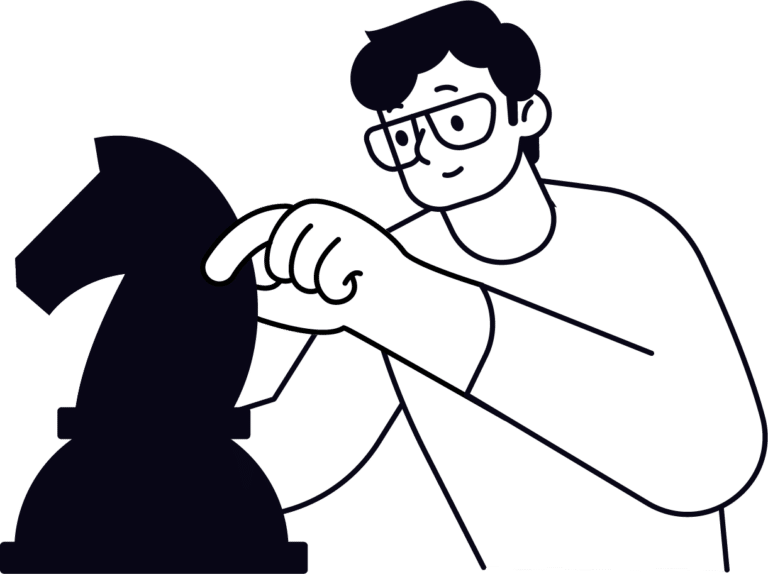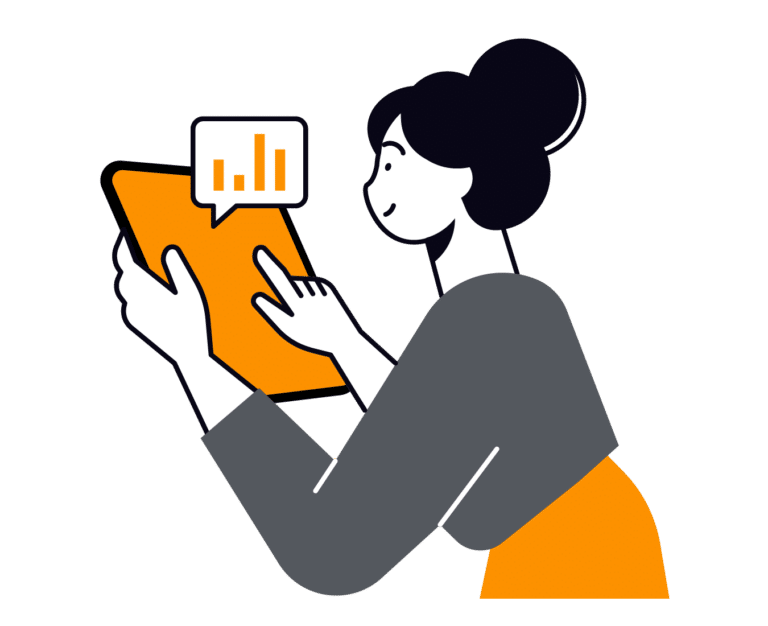Student Privacy – why doing the right thing is always the right thing to do!
Just as the adage goes, “When is the best time to plant a tree? The answer is yesterday.” This wisdom can be applied to the importance of establishing strong data protection measures in schools. The second-best time to plant a tree is, of course, today, so if schools haven’t already started their data privacy program, there is no better time to start than now.
As more and more US states enact privacy legislation, schools have both a moral and ethical obligation, as well as an impending legal obligation, to protect the digital footprint of their students (current, former and future). Regardless of when state and federal laws will apply to your school, doing the right thing is always the right thing to do!
By understanding and implementing practical but robust privacy practices, schools can meet these ethical and moral obligations and ensure they create a safe and secure environment for their students’ personal information.
Building a Privacy Program for K-12 Schools
The importance of privacy and data protection in education cannot be overstated. In today’s digital age, schools collect, store, and process vast amounts of student data. A strong privacy program is essential to protect student information and maintain trust with parents, students, and staff. This blog will guide you through the steps to create an effective privacy program for your K-12 school.
1. Appoint a Privacy Officer
The first step in creating a privacy program is to appoint a dedicated Data Protection Officer / Privacy Officer. This individual should have a solid understanding of privacy laws and best practices. They will be responsible for coordinating and overseeing the privacy program, ensuring that the school is continuously implementing their privacy program, and addressing any privacy concerns that arise.
Typical Responsibilities of the Data Protection / Privacy Officer
- Develop and maintain the school’s privacy policies and procedures.
- Coordinate privacy-related training for staff.
- Manage privacy incidents and breaches.
- Collaborate with school leadership, IT, and legal teams on privacy matters.
- Liaise with parents, students, and staff regarding privacy matters.
2. Conduct a Data Inventory and Mapping
Understanding the types of personal data your school collects, stores, and processes is crucial to building an effective privacy program. Conduct a thorough data inventory to identify all types of student data, including academic records, health information, and more.
Creating a Data Map
A data map is a visual representation of the flow of personal data within your school. It should include:
- Data collection points (e.g., online forms, in-person meetings).
- Data storage locations (e.g., databases, physical files.
- Data processing activities (e.g., analysis, reporting).
- Third-party vendors that handle student data (e.g., software providers, assessment companies).
By mapping the flow of data, you can identify potential risks and vulnerabilities, ensuring that appropriate security measures are in place to protect student information.
3. Develop and Implement Privacy Policies
A key component of a privacy program is the development and implementation of clear, accessible privacy policies. These policies should outline:
- The types of data collected by the school.
- The purposes for which data is used.
- How data is shared with third parties, if applicable.
- Data retention and deletion policies.
- Parent and student rights regarding their data.
Ensure that your privacy policies align with relevant privacy regulations, such as FERPA, COPPA, and applicable state and international laws (e.g., GDPR). Make these policies easily accessible to parents, students, and staff, and regularly update them to reflect changes in laws or school practices.
4. Establish Data Access and Security Protocols
Protecting student data from unauthorized access, disclosure, or misuse is a critical aspect of any privacy program. Implement strong data access and security protocols to safeguard sensitive information.
Access Controls
- Limit access to personal data based on roles and responsibilities using the least privileged access model.
- Require strong, unique passwords for all user accounts.
- Implement multi-factor authentication (MFA) for sensitive systems.
Security Measures
- Regularly update and patch software and hardware.
- Implement encryption for data at rest and in transit.
- Conduct regular security audits to identify and address vulnerabilities.
5. Provide Staff Training
- Privacy laws and regulations applicable to the school.
- School privacy policies and procedures.
- Best practices for data protection and secure data handling.
6. Engage with Parents and Students
Open communication with parents and students is crucial to building trust and fostering a culture of privacy within your school community.
- Share your school’s privacy policies and practices with parents and students.
- Provide resources and educational materials on privacy and data protection.
- Encourage feedback and address privacy concerns raised by parents and students.
7. Monitor and Update Your Privacy Program
Privacy regulations and best practices are constantly evolving, so it’s important to keep your privacy program up-to-date. Regularly review and update your policies, procedures, and training materials to ensure they remain compliant and effective.
8. Privacy Program Review
- Conduct periodic audits to assess the effectiveness of your privacy program.
- Identify areas for improvement and implement necessary changes.
- Stay informed about changes in privacy laws and regulations.
- Update your privacy program as needed to maintain compliance.
The Future of Privacy in K-12 Schools
As technology continues to advance and schools become more reliant on digital tools, protecting student privacy will remain a top priority. By following the steps outlined in this blog, you can create a comprehensive privacy program that safeguards student data and fosters a culture of privacy within your school community.
Embrace the challenges and opportunities presented by this rapidly evolving landscape, and ensure that your school remains a trusted and secure environment for students and their families – as we said from the outset, doing the right thing is always the right thing to do!













